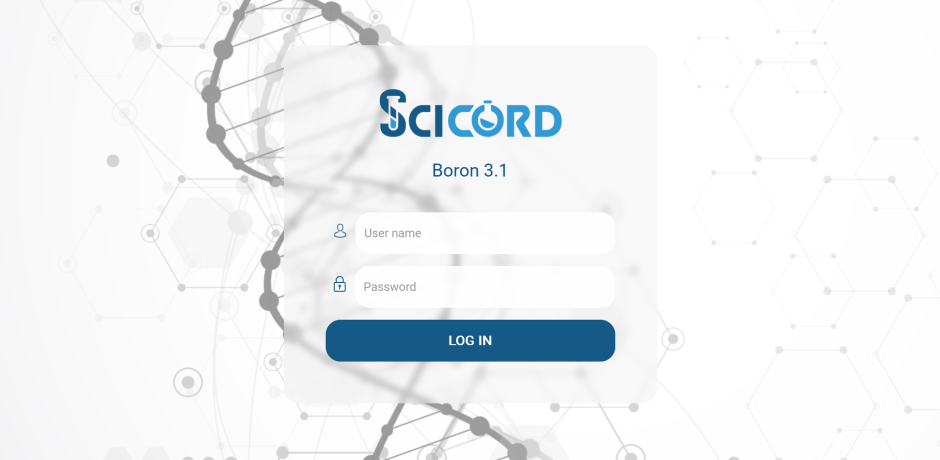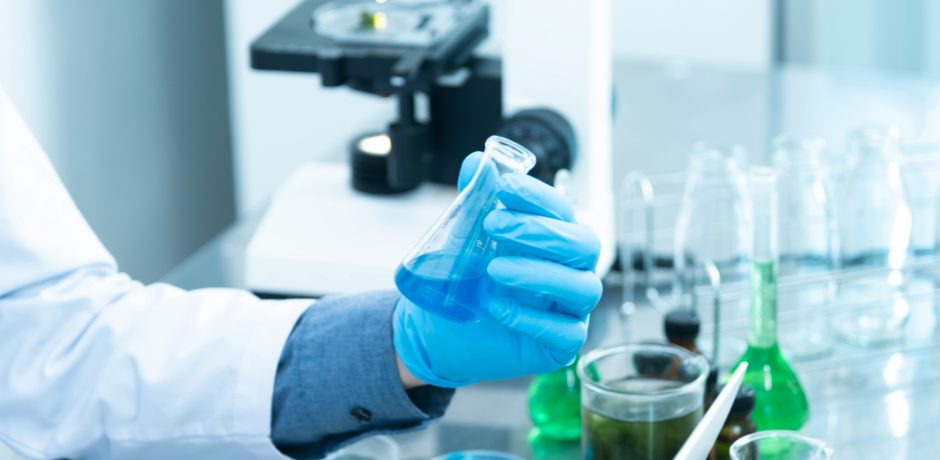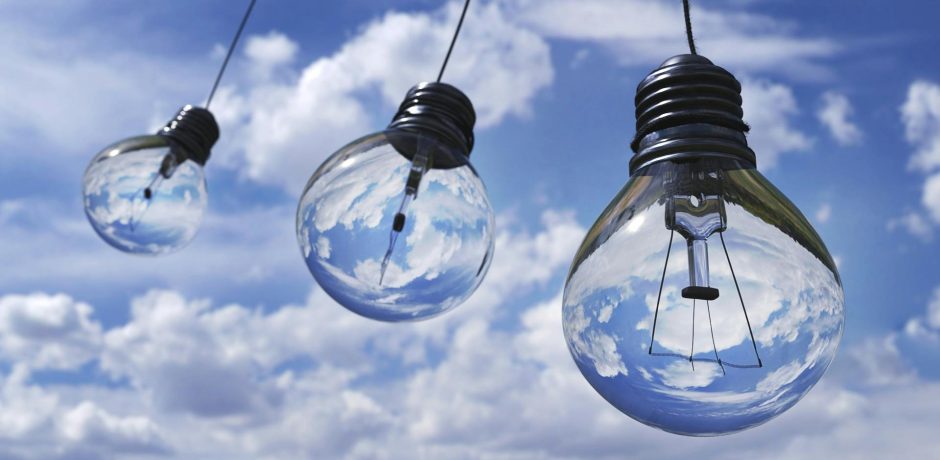A Decade of Innovation in Digital Lab Transformation, now validated.
We’re thrilled to share that SciCord has been included in two 2025 Gartner Market Guide reports for both Laboratory Information Management Systems (LIMS) and Electronic Laboratory Notebooks (ELN) categories.
This marks our second recognition in the ELN category — and, for the first time, we’ve also been named in the LIMS category. We believe it’s a meaningful milestone for our team, our customers, and the broader scientific community we support.
Being named a Representative Vendor in both categories reflects SciCord’s strong alignment with industry needs and continued contribution to its evolution.
A Platform Built for the Digital Lab of the Future
At SciCord, we’ve spent the last decade building a unified, cloud-native platform that brings ELN and LIMS functionality together — not as disconnected modules, but as a seamlessly integrated system purpose-built for regulated pharmaceutical and biopharmaceutical environments.
We believe scientists shouldn’t have to choose between usability, compliance, and scalability. With SciCord, they don’t.
“
We started SciCord to empower research and development teams in the Pharma and Biopharma space to digitize their scientific records — to boost compliance, lower expenses, share information, and make smarter decisions.
”
— David Strauss, Founder of SciCord
To date, we’ve helped companies accelerate drug approvals, streamline workflows, and improve compliance — all while cutting ownership costs by up to 90% and increasing lab efficiency by more than 30%.
The recent updates to the Gartner Market Guides are important because we believe they show how the path we began a decade ago aligns with Gartner’s vision for the Lab of the Future: comprehensive, compliant, and smart.
To us, this makes SciCord not just a vendor, but a strategic partner in transforming laboratory operations
What the Gartner Market Guides Emphasize — and How SciCord Delivers
At SciCord, we’re proud to deliver on these expectations. Below are just a few examples of how our platform addresses the critical capabilities Gartner highlights — among many others that continue to drive value for our customers every day.
Fast Time-to-Value
Gartner highlights the importance of platforms that enable rapid digital transformation:
“This shift is essential to enable high-performing digital lab strategies requiring access to AI capabilities, made possible by advancements in both programming and platforming, particularly API management and low-code programming.”
With no-code configuration and an interface scientists already understand — the spreadsheet paradigm — SciCord can deliver validated solutions in weeks, not months.
Efficiency Through Automation
Lab efficiency isn’t just a nice-to-have. It’s a competitive advantage.
“Workflow management: Automates laboratory workflows, including sample processing, testing and reporting. This helps to reduce errors and increase efficiency.”
SciCord automates lab workflows, approvals, and reporting — delivering 30%+ gains in operational efficiency for most customers.
Compliance by Design
In highly regulated environments, right-first-time data entry isn’t optional — it’s essential. As highlighted by Gartner, “Validation and regulatory compliance: Provides a method and module for ensuring the quality, accuracy, and compliance of laboratory operations. For instance, the pharmaceutical industry requires GxP compliance in manufacturing and 21 CFR Part 11 compliance in research, but also regulator access to systems and report generation.”
SciCord is built from the ground up for GxP and 21 CFR Part 11. Features like real-time audit trails, role-based permissions, and e-signatures ensure your lab stays compliant without slowing you down.
Scalable SaaS with Minimal IT Burden
Modern labs need to scale and adapt without the overhead of custom infrastructure.
“Cloud-hosted and SaaS offerings […] are dominant for new or modernized deployments.”
SciCord’s cloud-native architecture eliminates the need for heavy IT support, reduces technical debt, and grows with your organization.
Helping Customers Accelerate What Matters
Our customers span global pharma leaders, growing biotechs, and everything in between. What unites them is the need to move fast — while staying compliant and keep costs in control.
By digitizing and unifying laboratory operations, SciCord enables:
– Faster submissions and drug approvals
– Improved collaboration across global teams
– Standardized processes with full traceability
– Streamlined data integrity and audit readiness
– A lower total cost of ownership with measurable ROI
Looking Ahead
To us, Gartner’s recognition validates the work we’ve done, but more importantly, it inspires us to keep pushing forward. As the demands on R&D labs evolve — from AI integration to increased regulatory scrutiny — SciCord will continue to lead with innovation, agility, and an unwavering focus on scientific outcomes.
Whether you’re replacing legacy LIMS and ELN systems or starting your digital journey, SciCord offers a future-ready path that’s built to scale, built to comply, and built for scientists.
Ready to Transform Your Lab?
Gartner, Market Guide for Laboratory Information Management Systems, 16 April 2025
Gartner, Market Guide for Electronic Laboratory Notebooks, 5 May 2025
Gartner does not endorse any vendor, product or service depicted in its research publications, and does not advise technology users to select only those vendors with the highest ratings or other designation. Gartner research publications consist of the opinions of Gartner’s research organization and should not be construed as statements of fact. Gartner disclaims all warranties, expressed or implied, with respect to this research, including any warranties of merchantability or fitness for a particular purpose.
GARTNER is a registered trademark and service mark of Gartner, Inc. and/or its affiliates in the U.S. and internationally and is used herein with permission. All rights reserved.




















Recent Comments